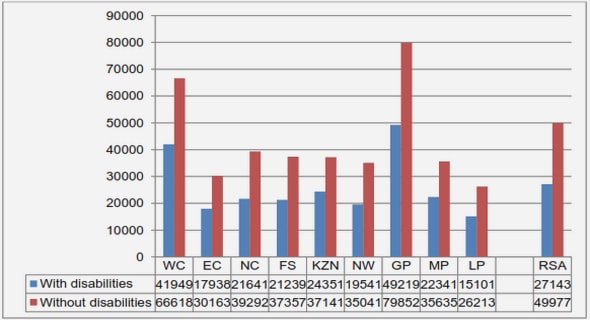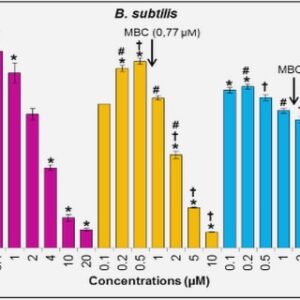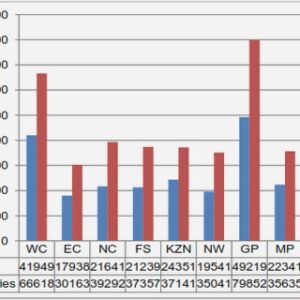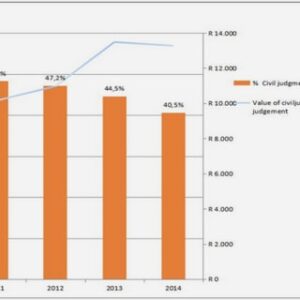(Downloads - 0)
For more info about our services contact : help@bestpfe.com
Table of contents
Introduction
Chapter 1. Introduction to transparent electrodes based on metallic nanowire percolating networks
1.1. Metallic nanowire networks: Synthesis, Fabrication and Physical Properties
1.1.1. Synthesis of Metallic Nanowires (MNW) and Network Fabrication
1.1.2. Properties of individual MNWs: size effects
1.1.3. Influence of interconnections and network density on the optical and electrical properties
1.1.4. Light scattering of MNW networks
1.1.5. Flexibility of MNW Networks
1.1.6. Stability issues and hybrid nanocomposites based on MNWs
1.2. Integration of metallic nanowire networks for different applications
1.2.1. Photovoltaic Applications
1.2.2. Lighting (Organic LEDs)
1.2.3. Transparent Film Heaters
1.2.4. Smart Windows and Displays
1.2.4.1. Electrochromic and Polymer-Dispersed Liquid Crystal Devices
1.2.4.2. Touch Screens
1.2.5. Electromagnetic Devices
1.2.5.1. Electromagnetic Shielding
1.2.5.2. Radio Frequency Antennas
1.3. Concluding remarks
Chapter 2. Optimization of the AgNW networks electrical performances
2.1. Impact of thermal annealing and acid treatment
2.1.1. Thermal annealing and acid treatment: protocols and set-up
2.1.1.1. Thermal annealing set-up
2.1.1.2. Acid treatment protocols
2.1.2. Description of the results
2.1.2.1. Impact of thermal annealing and acid treatments on Seashell AgNWs
2.1.2.2. Impact of thermal annealing and acid treatments on Liten NWs
2.1.2.3. Other optimization techniques
2.2. Nano-characterization of the phenomena taking place at the NW-NW junctions
2.2.1. Morphological impact of thermal annealing: nanoscale characterization
2.2.2. Morphological impact of acid treatment: nanoscale characterization
2.2.3. Exploration of the internal structure of NW-NW junctions: preliminary results
Chapter 3. Description of the modelling tools developed during this thesis
3.1. Brief introduction to the percolation theory
3.2. Generation of random networks via Matlab-based Monte Carlo simulations
3.3. Electrical and thermal simulations using Comsol
3.3.1. Network geometry exportation from Matlab to Comsol
3.3.2. Materials properties used in the model
3.3.3. Boundary conditions for electrical simulations
3.3.4. Boundary conditions for thermal simulations
3.3.5. Geometrical meshing of the specimen
3.3.6. Calculation of the network resistance
3.3.7. Comsol-based simulations: positive and negative aspects
Chapter 4. Electrical distribution in AgNW Networks
4.1. The case of low density networks: geometrical quantized percolation
4.1.1. Introduction to geometrical quantized percolation phenomenon
4.1.2. Analysis of quantized percolation using lock-in thermography
4.1.2.1. Lock-in thermography technique
4.1.2.2. Experimental results
4.1.2.2.1. Activation and detection of efficient percolating pathways (EPPs)
4.1.2.2.2. Discussion about partially highlighted EPPs
4.1.2.2.3. Influence of the electrode geometry: lighting rod effect
4.1.3. Impact of the AgNW diameter on geometrical quantized percolation
4.1.4. Introduction to “anti-percolation” phenomenon
4.1.5. Concluding remarks
4.2. The parameters that influence the electrical homogeneity and stability of AgNW networks
4.2.1. Impact of the network density on the electrical homogeneity
4.2.1.1. Electrical and thermal mapping of AgNW networks with different network density
4.2.1.2. Correlation with simulation models
4.2.2. Impact of the junction efficiency on the electrical homogeneity
4.2.2.1. Experimental analysis using lock-in thermography
4.2.2.2. Correlation with simulation models
4.2.3. Optimization and failure dynamics of AgNW networks under electrical stress
4.2.3.1. Evolution of the electrical behavior of standard AgNW network under electrical stress
4.2.3.2. Description of the mechanisms involved in the electrical breakdown of AgNW networks at high voltage
4.2.3.3. “Life in the crack”
4.2.4. Conclusion and outlooks
Chapter 5. Stretching properties of AgNW-PDMS composites: preliminary results
5.1. Fabrication, properties and applications of AgNW-PDMS stretchable conductors: short state-of-the-art
5.2. Protocols
5.2.1. AgNW-PDMS composites preparation
5.2.2. Stretching tests presentation
5.3. Impact of the NW density on the stretching properties
5.4. In situ characterization of the mechanical deformations
5.5. Outlooks
Chapter 6. Applications
6.1. AgNW-based transparent film heaters (TFHs)
6.2. AgNW-based antennas and transmission lines: preliminary attempts
6.2.1. Antenna fabrication and measurement procedure
6.2.2. Performance of AgNW-based antennas
6.2.3. Transmission lines
6.3. AgNW networks for transparent electromagnetic shielding
6.3.1. Measurement of the shielding effectiveness of AgNW networks
6.3.1.1. Description of the experimental setup
6.3.1.2. Impact of the AgNW network density on the shielding properties
6.3.1.3. Impact of environmental ageing, thermal annealing, substrate, and deposition technique
6.3.1.4. Comparison with thin silver films and thin silver wire mesh screens
6.3.2. EM shielding outlooks
Conclusion and future works




